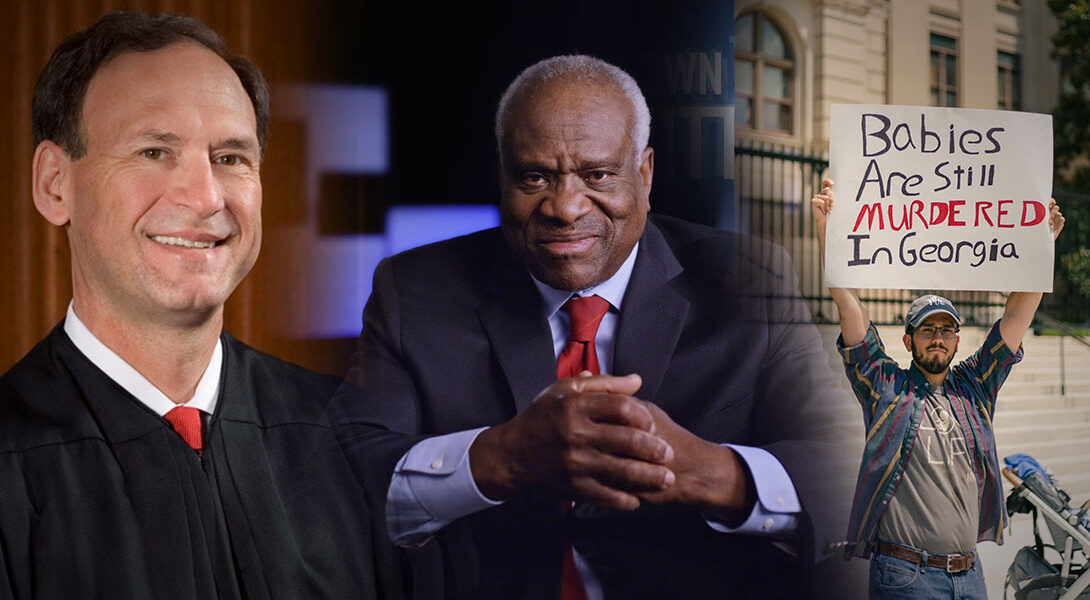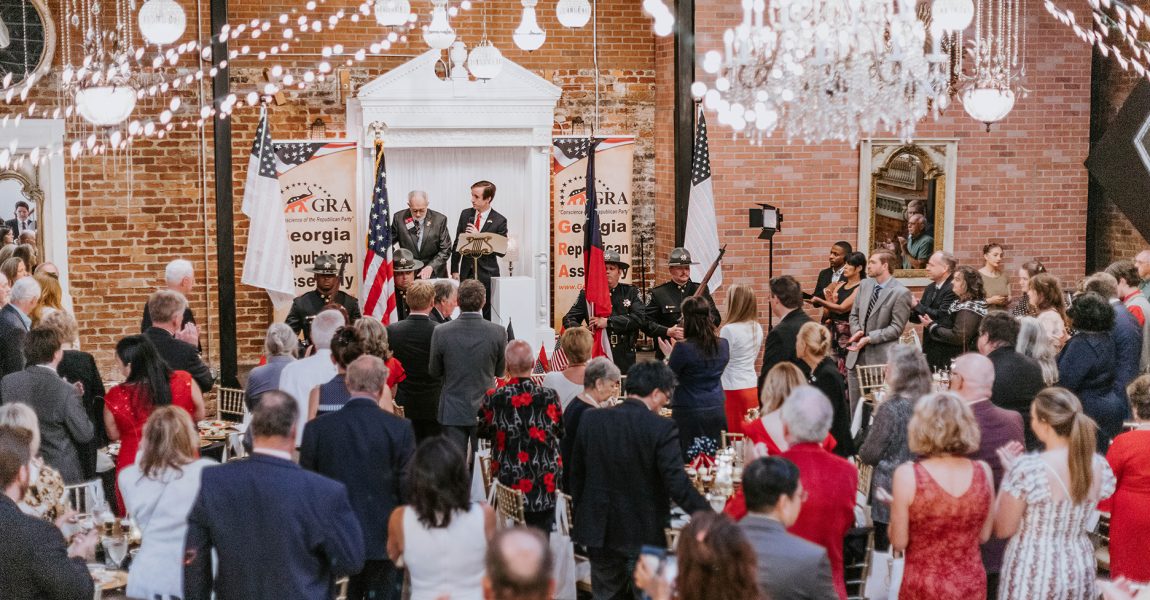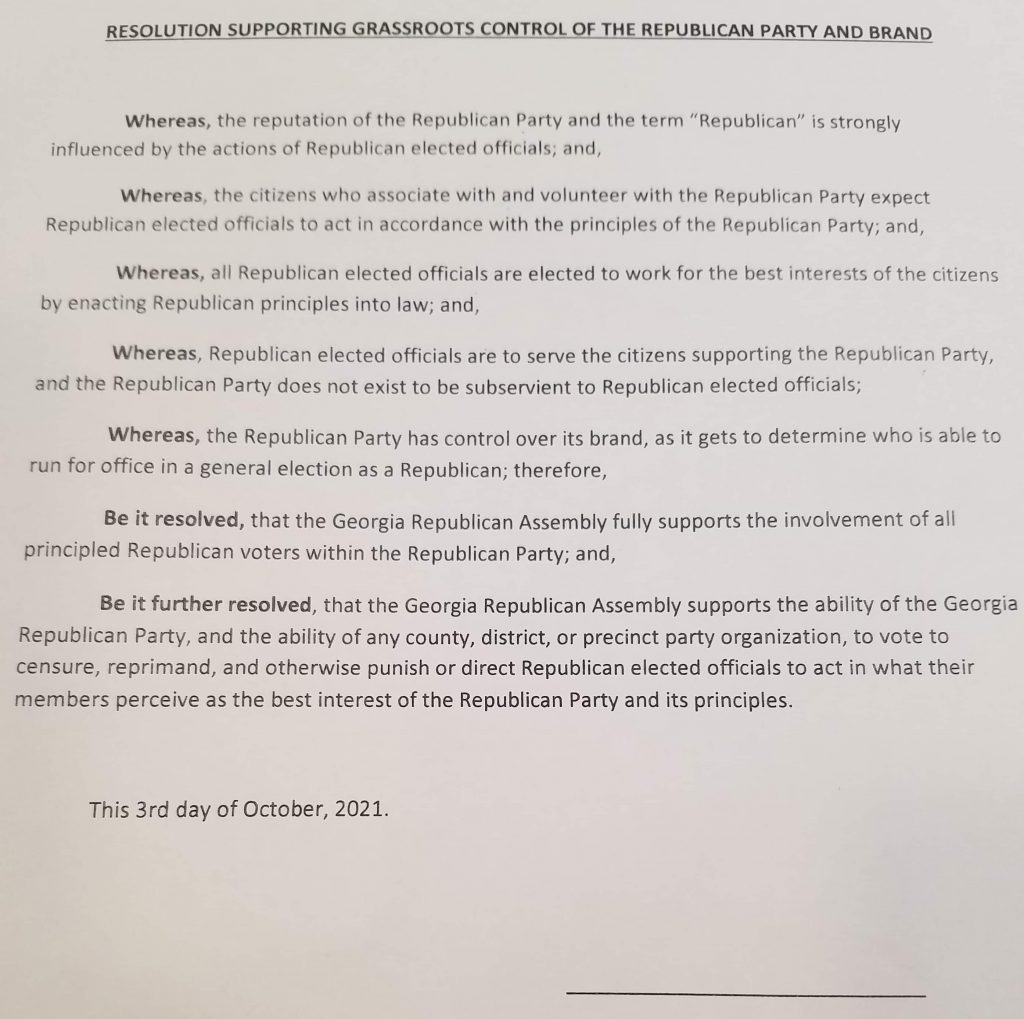After Long-Awaited SCOTUS Victories—Now What?
Last Friday, June 24 served as the cap-stone on a week of landmark U.S. Supreme Court decisions dealing with issues of School Choice, Gun Rights, and finally the Lives of the Preborn. As an encore, this week they gave us another win for Religious Freedom. For countless pro-lifers, gun rights activists, educators, Christians, conservatives, and just constitutional textualists, these victories have been a long time coming! In fact, many who started these efforts 50 or more years ago have long since passed.
It reminds us that the effort to stand for our principles and promote life and freedom in America is a long-game. But by the grace of God it does pay off.
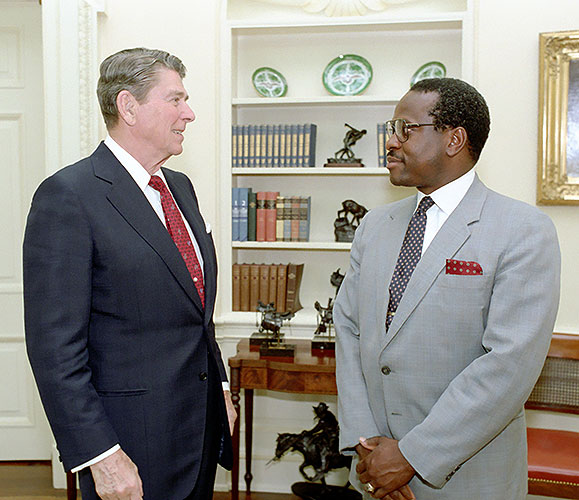
By at least the 1940s conservatives had started to notice a problem with a growing tyranny within the United States Supreme Court. Yet it wasn’t until the late 1970s that an organized effort began to build to counter-act that trend, to raise up a new generation of jurists to fight back, and to get the Republican Party to help. With the election of Ronald Reagan as President in 1980, for the first time Republicans seemed ready to work to turn things around.
However, the initial results proved mixed at best. Are you old enough to remember? Working with the Republican-controlled U.S. Senate up until 1987, President Reagan successfully got two excellent Justices installed onto the Supreme Court: Chief Justice William Rehnquist and Associate Justice Antonin Scalia. They were eager to reverse most of the worst court decisions that had contributed to America’s decline in the twentieth century. But the other two appointed under Reagan proved quite the disappointment: Justices Sandra Day O’Connor and Anthony Kennedy. These last two would work to ensure that the court’s tyrannical trend would grow and entrench, often pairing with the liberal justices to thwart one conservative effort after another for the next 20 years.
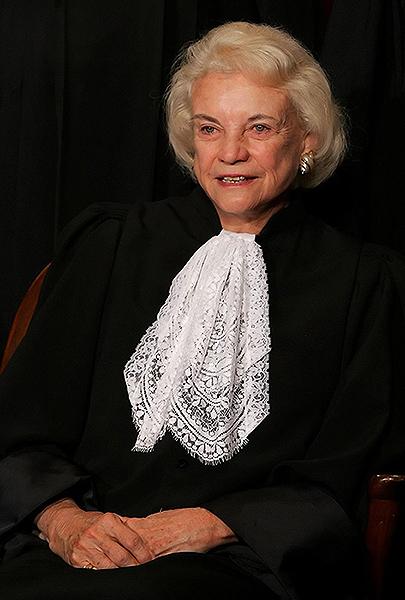
We could give Reagan a mulligan for Kennedy. After all, Republicans had just lost control of the U.S. Senate in the 1986 election, and Reagan had previously offered two exceptional judicial nominees in Robert Bork and Doug Ginsberg that the Democrat Senate had turned down before Kennedy was offered as a compromise candidate. But there was no excuse for Sandra Day O’Connor. Republicans in control simply failed to properly vet her just because she was a woman, and they wanted to make good on the promise to appoint the first woman to the Supreme Court. It was an early example of the folly of identity politics.
That mixed trend continued under President George H.W. Bush, who appointed another stellar conservative in Justice Clarence Thomas, but an awful disappointment in Justice David Souter. Thankfully, Thomas has endured on the court while O’Connor, Kennedy, and Souter (finally!) retired.
Under Democrat Presidents Bill Clinton and Barack Obama the liberals got nothing but consistent liberal Justices appointed to the court. They weren’t playing games. “Liberal” didn’t mean pro-liberty; “liberal” meant more liberal intrusion of the federal government, and a more liberally “fast and loose” interpretation of the U.S. Constitution.
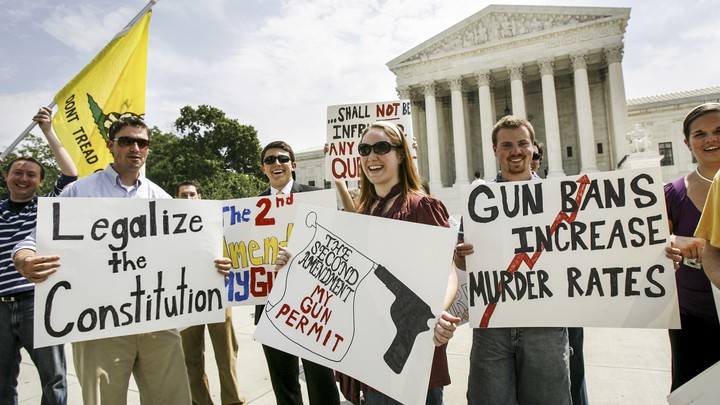
President George W. Bush continued the mixed success for Republicans, though, in appointing the terrific Justice Samuel Alito and the quite disappointing Chief Justice John Roberts. Again, there was no excuse for this mistake since Republicans controlled all of Capitol Hill at this time. President Bush even originally was going to appoint Harriet Miers instead of Alito, but the outcry from conservatives was so strong that Bush had to relent. Then a shift started to happen.
In 2008 for the first time SCOTUS reversed itself on a series of repeatedly encroaching decisions that involved gun rights with D.C. v. Heller. Prior to graduating from law school, I had the opportunity to personally witness the oral arguments before the Supreme Court in Heller. It was a momentous occasion. A bright glimmer of hope. It wasn’t just the first major reversal for gun rights, but virtually the first major reversal for conservatives of any kind for the court in decades.
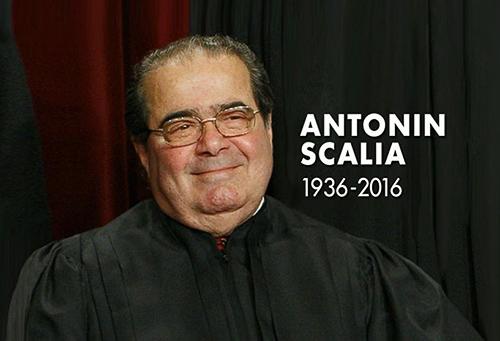
Then when Justice Antonin Scalia unfortuitously died in 2016, most of us thought that was the end of any hope of fully reversing the court’s tyranny in our lifetime. Thankfully, U.S. Senate Republicans had enough fortitude to prevent out-going President Obama from appointing Scalia’s replacement.
Next, do you remember the 2016 presidential elections? For many of us who had been paying close attention to what had been going on in the United States Supreme Court for decades, we trusted that despite whatever other weaknesses U.S. Senator Ted Cruz (R-Texas) might have, he as a conservative attorney at least knew very well what was going on with jurisprudence in D.C. and what kind of Justice the next President would need to appoint to help turn things around. We didn’t have the same confidence in presidential candidate Donald Trump.
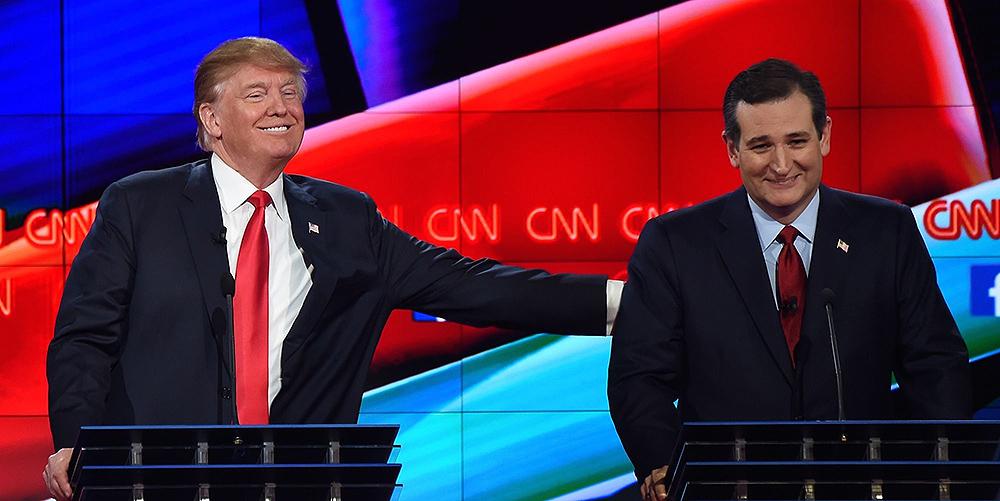
2016 presidential Republican Primary
Cruz pressed Trump on the question of who he would appoint to the U.S. Supreme Court, and Trump agreed with Cruz on the type of Justices that needed to be appointed—a key point that helped Cruz supporters feel more comfortable getting behind Trump for the Republican nomination.
And President Trump made good on his word. Working with the Republican-controlled U.S. Senate, and listening closely to conservatives, President Trump appointed three conservative Justices to the court that provided a cushion for when Chief Justice Roberts acted up. It is very likely President Trump’s federal judicial appointments will be the most lasting positive legacy of his presidency.
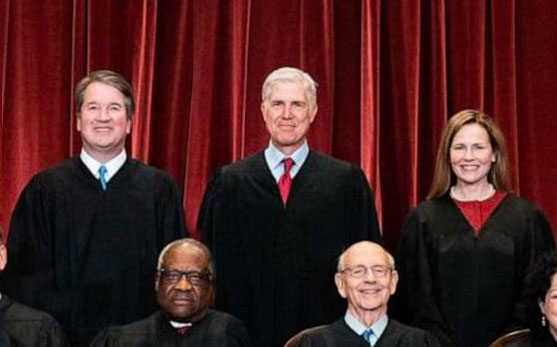
Kavanaugh, Gorsuch, & Barrett
Yet until this previous week, all of those three appointed Justices had not yet been fully field tested. After so many previous disappointments, we were still holding our breath in suspense waiting for another possible letdown.
They didn’t let us down. This time Republicans delivered. They delivered because conservatives hounded them relentlessly. And when Republicans deliver, it makes us want to get out and vote for them again!
We don’t mean to suggest that these Justices are perfect either individually or collectively, but they do represent a major course correction in the federal court that has been a long time coming.

So while many statists and liberals took to the street this weekend to complain and protest about the decisions, many of us were celebrating. I was grateful for the opportunity to speak on behalf of pro-life activists like many of you to The Atlanta Journal-Constitution: “Over the last 40 years, there have been so many opportunities for them to do this and … they haven’t had the courage to do it, they’ve missed opportunities, and then all of a sudden, they finally did it! We’re just so excited. Can’t believe we lived to see this day.”
